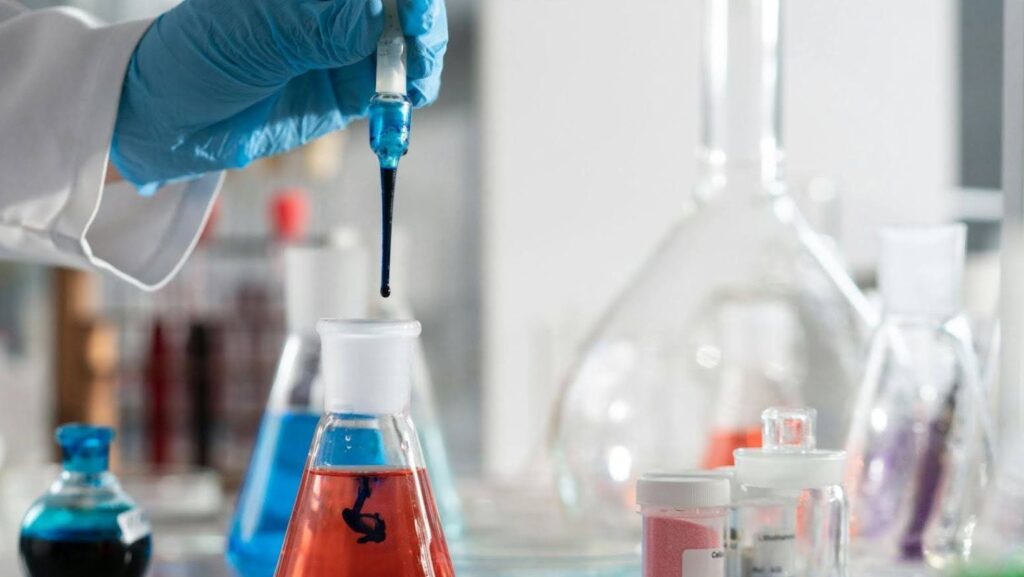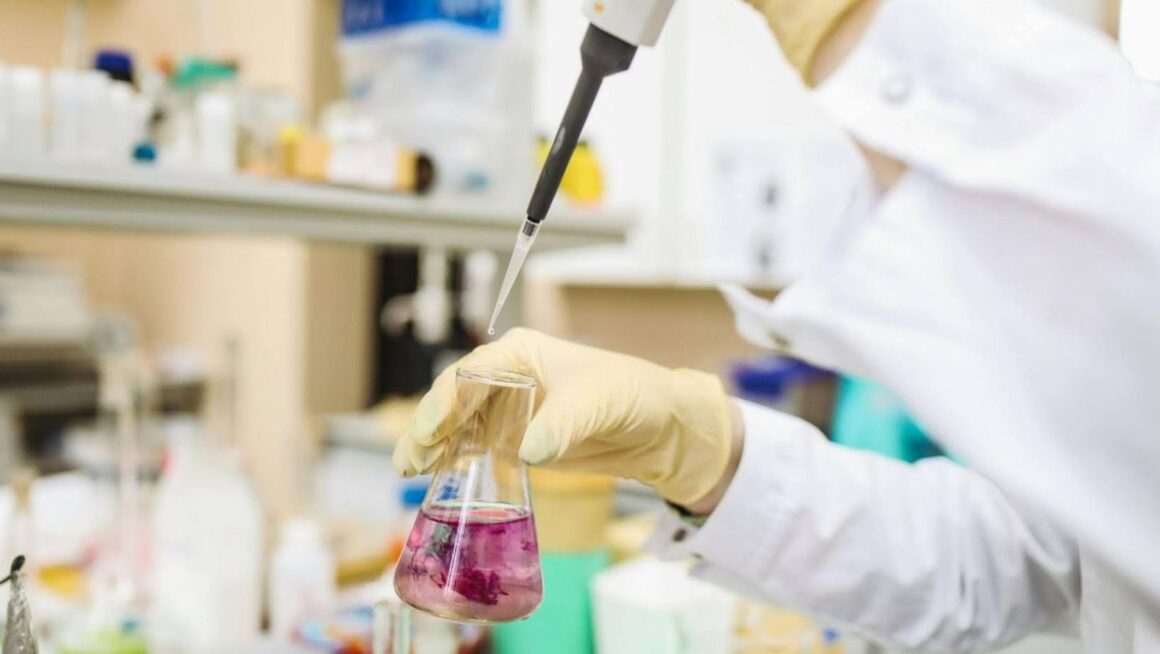
Diagnostics often feels like the hidden engine of healthcare. Tests guide treatment decisions, catch problems early, and confirm if therapies work. The machines that make those tests possible rarely get attention.
Yet one tool has started to change that. The cutting-edge precision dispenser has become a quiet hero in labs. It measures liquids at scales that seem impossible to the human eye. This level of accuracy is shaping how diagnostic tests are designed, produced, and delivered.
Accuracy as the Standard
When a diagnostic test is made, every drop counts. A tiny mistake can shift results, create false positives, or delay care. Precision dispensers step in here. They release exact volumes of liquid with zero waste. That accuracy builds confidence in test results.
Doctors need to trust that the data in front of them is correct. Patients deserve the same assurance. Reliable dispensing removes doubt and replaces it with certainty. That trust is the foundation of diagnostics. In many ways, precision is the difference between science and guesswork.
Speed Without Sacrifices
Modern healthcare values speed almost as much as accuracy. People want results today, not next week. Precision dispensers answer that demand. Automated systems deliver samples faster than manual methods. They move liquids quickly while staying consistent. That means more tests can run in less time.
Labs keep up with growing demand. Patients get answers sooner. Fast and reliable testing saves lives in emergency settings and improves peace of mind in routine care. Speed is not just about convenience. It often makes the difference between timely treatment and missed chances.
Driving Innovation in Test Design
Diagnostics is not static. New tests roll out constantly for diseases, genetic conditions, and personalized care. The dispenser plays a big role in this innovation. Researchers can experiment with smaller volumes and more complex designs without fear of error.
That freedom sparks creativity. New formats for rapid testing become possible. Multi-step assays gain efficiency. By shrinking waste and risk, dispensers encourage bolder experimentation. Ideas that once stayed on the shelf now move forward. The dispenser has become a quiet partner in creative thinking.
From Rare Diseases to Mass Testing
The flexibility of precision dispensing touches every corner of healthcare. Rare disease tests often need unique and delicate processes. Broad screening programs require mass production. Both benefit from the same tool.
For rare cases, it helps produce reliable results from very limited samples. For mass programs, it scales production without breaking quality standards. That range makes the dispenser a universal player. It adapts to needs rather than forcing labs into rigid workflows. Few tools in diagnostics can claim such wide impact.
Global Collaboration Made Easier
Diagnostics has become a global effort. Labs on different continents often work on the same challenges. Precision dispensers help by standardizing results. A test made in one country works the same in another. Shared designs move faster from research to production.
Global health crises highlight this benefit. During outbreaks, consistency across borders matters. Tools that ensure reliability build smoother cooperation. The dispenser stands out as one of those tools that make scaling and sharing possible. It transforms scattered efforts into a more unified system.
Balancing Costs and Access
No discussion of lab tools is complete without costs. High-tech equipment can be expensive. Smaller labs and developing regions often struggle to keep up. Precision dispensers fall into this debate too. The good news is that technology is moving toward more accessible options.

Portable versions and modular systems lower barriers. Shared lab spaces distribute the cost among many groups. Wider access will define the next phase. Innovation truly matters only if it reaches those people who need it most. When access expands, the benefits ripple far beyond research labs.
Looking Toward the Future
The role of the dispenser will only grow. With the evolution of diagnostics, there’s no doubt that accuracy and speed are going to be more important than ever. Personalized medicine, genetic testing, and rapid response kits will all depend on tools that can deliver perfect precision.
The dispenser may never become a household name. Patients may never see it. But its influence will shape the care they receive. From hidden corners of labs, it drives the progress of diagnostics forward. Sometimes the smallest tools leave the biggest mark. And in a future built on data and detail, that mark will only grow deeper.












